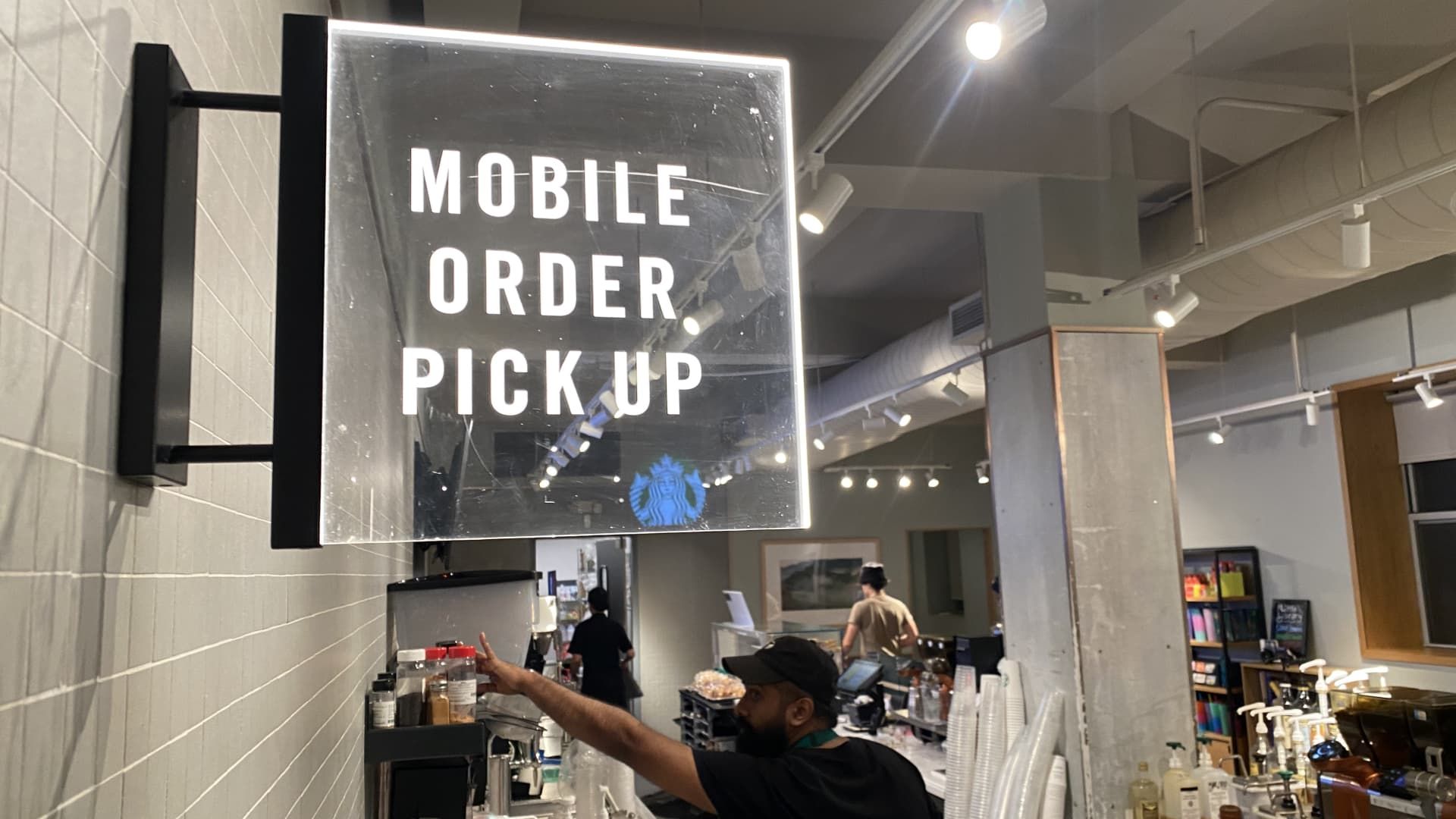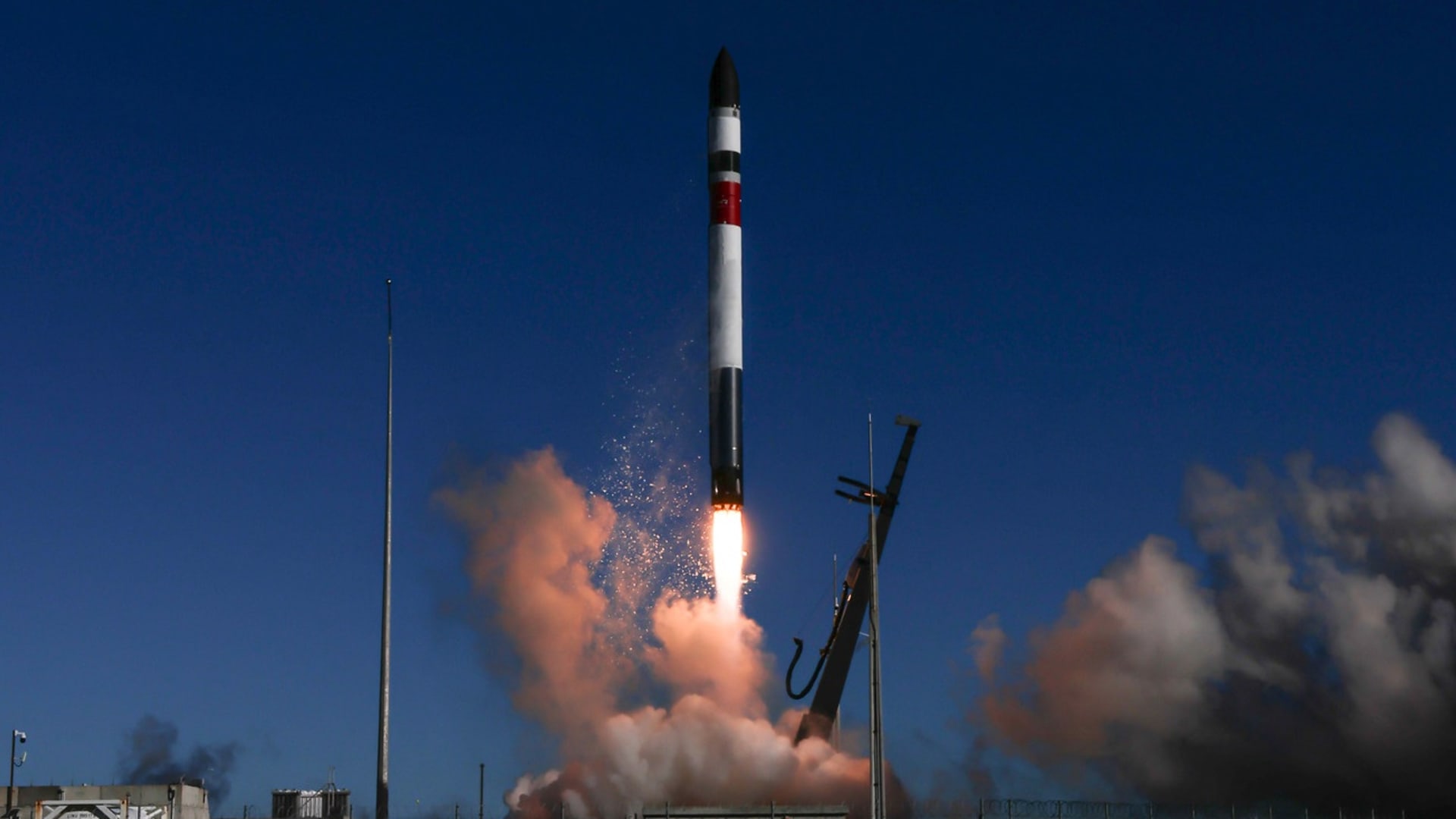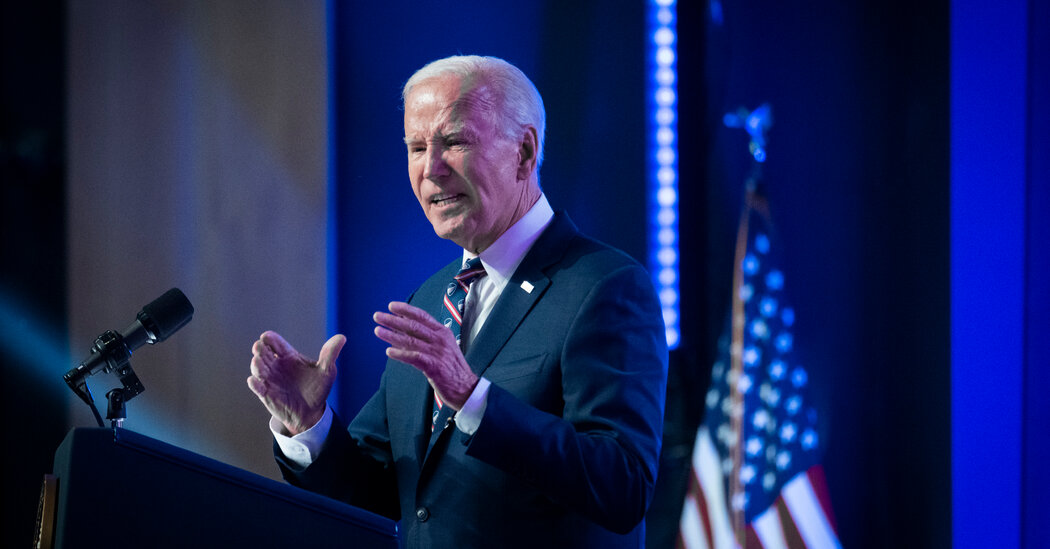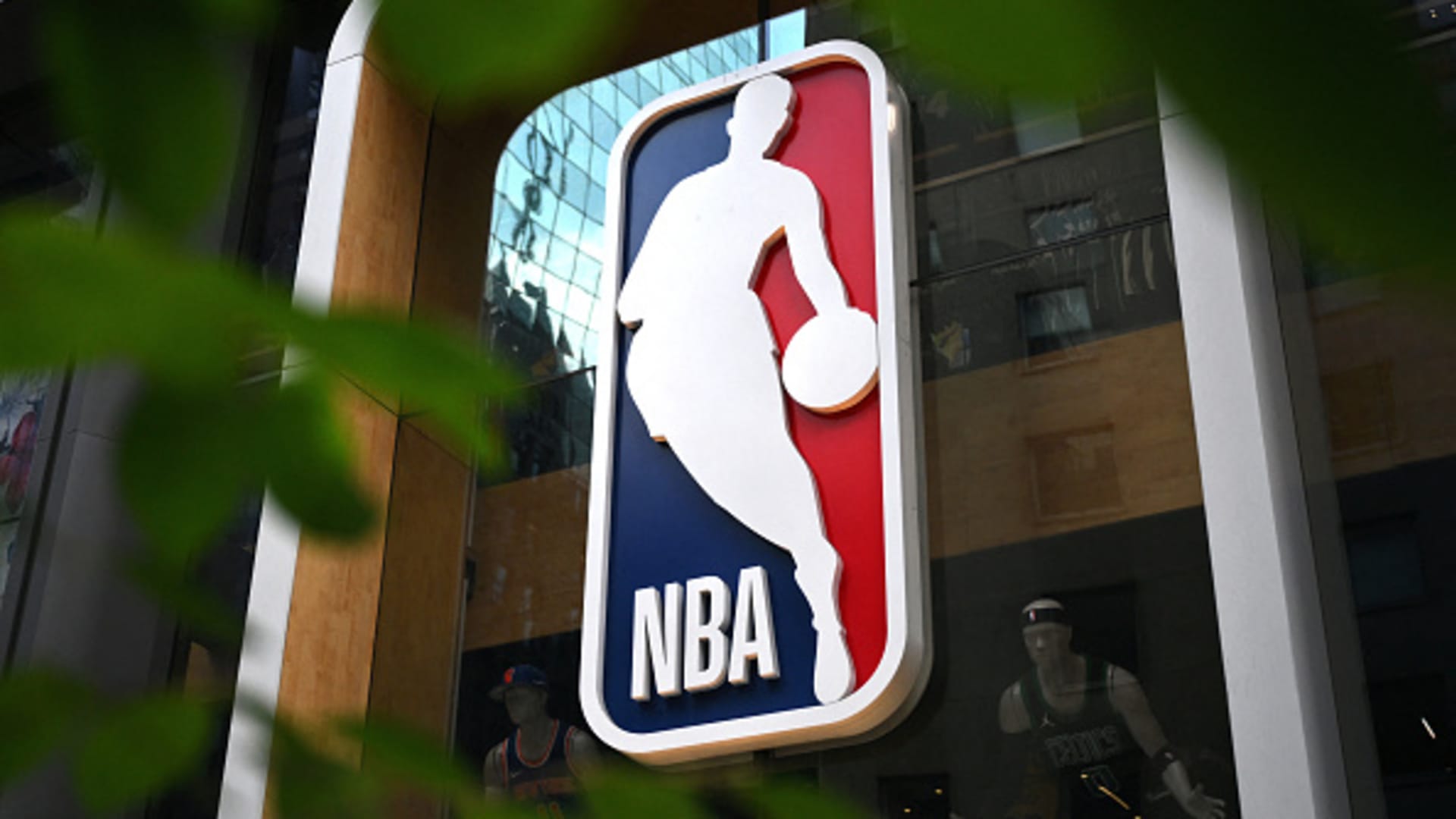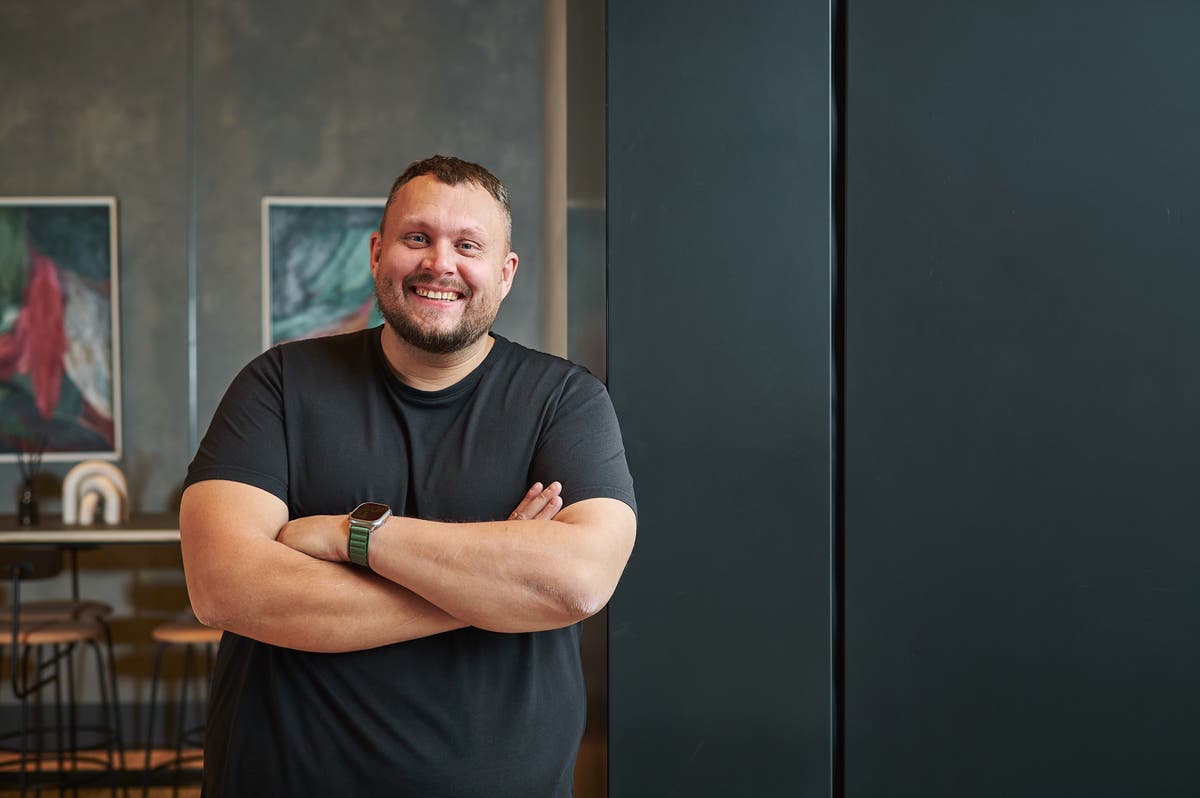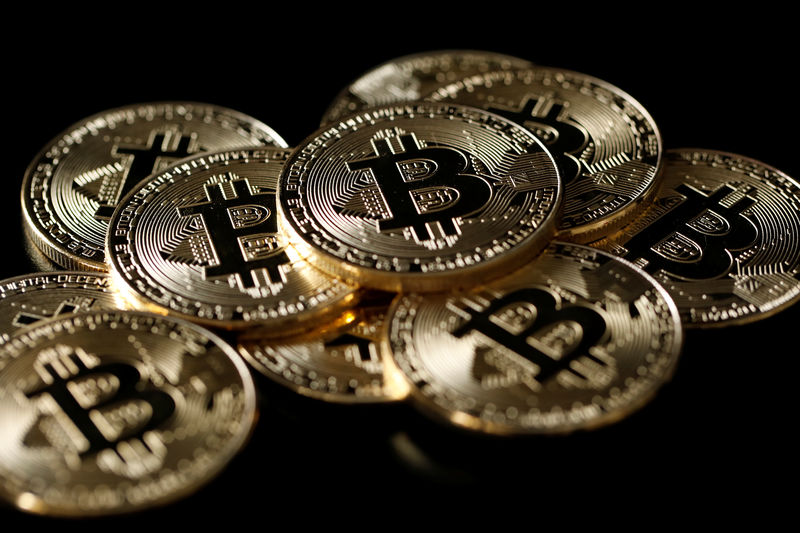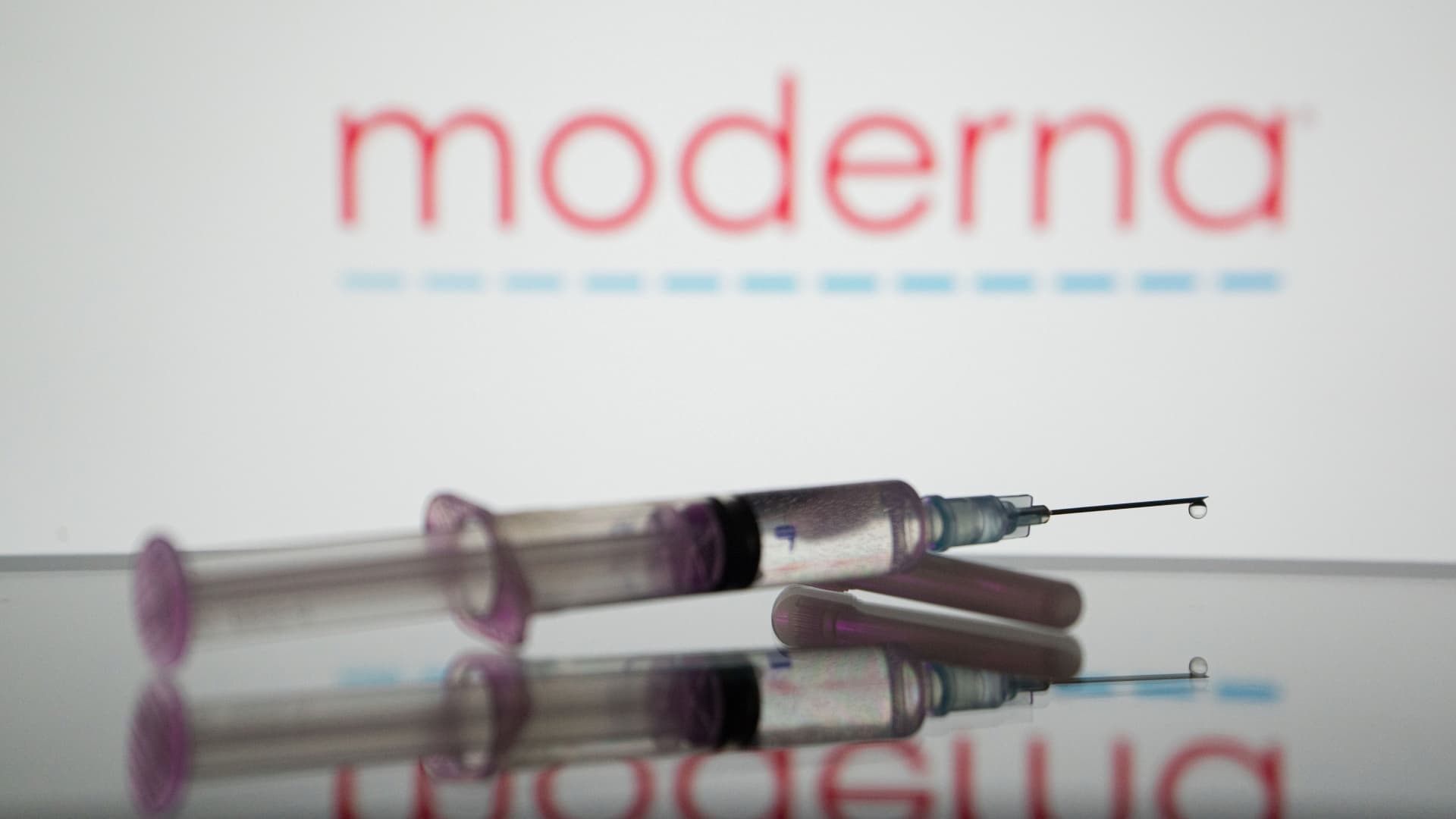Pickup area for mobile ordering and delivery from Uber Eats and Doordash at Starbucks coffee shop, Queens, New York City.
Lindsey Nicholson | UCG | Universal Pictures Group | Getty Images
It has become a familiar sight in Starbucks Cafes: A counter packed with mobile ordering, frustrated customers waiting for the drinks they ordered, and overwhelmed baristas trying to keep up with it all.
Solving that problem will likely top new CEO Brian Niccol's to-do list for turning the struggling coffee giant around when he takes over on Sept. 9.
Both investors and executives have pointed to operational problems as one reason the chain's sales have fallen in recent quarters. Other culprits for its recent same-store sales declines include a weakening consumer base, boycotts and the deterioration of the Starbucks brand.
Former CEO Howard Schultz, who has no formal role at the company but remains involved, has also singled out the mobile app. He said it has become “Starbucks' biggest Achilles heel,” on an episode of the “Acquired” podcast in June.
Mobile orders account for about a third of Starbucks' total sales and tend to be more complicated. While add-ons like cold foam or syrups are more profitable for Starbucks, they tend to take up more of the baristas' time, frustrating both them and customers.
“I agree with Howard Schultz,” said Robert Byrne, director of consumer research at Technomic, a restaurant market research firm. “This isn't in the data, it's in the store. That's where the problem lies.”
Catching up with the growth of mobile telephony
In late April, current CEO Laxman Narasimhan said the company was struggling to meet morning demand and was turning away some customers with long wait times.
Schultz said he experienced the problem himself when he visited a Chicago location at 8 a.m.
“Everyone shows up and all of a sudden we have a mosh pit, and that's not Starbucks,” Schultz said in the episode “Acquired.”
Making mobile ordering more efficient is one of the key ways Niccol can reduce crowding at Starbucks.
When Schultz was building Starbucks into the coffee giant it is today, he positioned it as a “third place” between work and home. The chain has since shed that reputation as more customers turn to the convenience of mobile ordering and prefer not to stay in its coffee shops.
“Since it's a beverage and I frequently consume it in the car or while traveling, it must be incredibly convenient,” Byrne said.
But Starbucks also failed to make significant adjustments to its operations to anticipate that shift in consumer behavior.
In 2017, Schultz stepped down as CEO for a second time, handing the reins to Kevin Johnson. Before joining the coffee chain as COO, Johnson served as CEO of Juniper Networks, a technology company. Under his leadership, Starbucks invested in technology and continued to grow digital sales, but restaurant operations were already struggling when he left the company.
Schultz returned as interim CEO when Johnson retired in 2022.
“The company didn't do a good job of anticipating the technological refinements that needed to be put in place to prevent what was happening… The stock was at an all-time high, the company wasn't investing ahead of the curve, it wasn't paying attention to the speed of the mobile app and what it was becoming until it was too late,” Schultz said.
Shareholders have also experienced frustration with digital ordering and see this as a critical area that Niccol needs to address.
“The problem you have in New York City, for example, is wait times,” said Nancy Tengler, managing director and chief investment officer of Laffer Tengler Investments, which owns shares of Starbucks and Chipotle. “And then mobile ordering takes priority over in-store ordering.” [Niccol’s] “We're going to have to reverse that somehow so that people spend more time and more money in stores.”
Problems with mobile ordering have increased the pressure on baristas. Burnout, fueled in part by the app, helped inspire some employees to unionize, as of 2021.
In November, Starbucks Workers United, which now represents workers at about 450 of the chain’s U.S. stores, pushed the company to disable mobile ordering when it was running promotions. (Starbucks said at the time that it was already in the process of making the change possible.)
Channeling the power of Chipotle
Digital sales are not the same problem for Niccol's current employer, Chipotle.
In its most recent quarter, 35% of the company’s revenue came from online orders. The pandemic prompted a shift toward online orders that has continued, with the share of digital orders increasing from 18% in 2019.
When Niccol joined Chipotle in 2018, most of its restaurants had already installed a second prep line dedicated to digital orders, with the goal of avoiding bottlenecks as online sales became more important to the business. That same year, it also began adding self-service lanes just for picking up online orders, which it calls “Chipotlanes.”
In his six and a half years at Chipotle, Niccol and his executives boosted digital sales through a variety of promotions: sports stars’ favorite orders, limited-time deals, a rewards program and the long-awaited launch of quesadillas. In particular, quesadillas became a digital-only option because they would otherwise slow down operations.
Chipotle has also been testing automation to prepare burrito bowls ordered through its mobile app through a partnership with robotics company Hyphen.
Mobile makeover
Starbucks has been taking steps to speed up service and improve the work experience for baristas.
In 2022, under Schultz’s leadership, Starbucks introduced a reinvention plan that included addressing bottlenecks through new equipment and other measures to speed up service.
Narasimhan has stuck to that strategy. In February, its mobile app finally started showing customers the progress of their orders, allowing them to get a better idea of when their drinks will be ready. And in late July, Starbucks launched its “Siren Craft System” in North America, a series of processes to make drinks faster and make baristas’ jobs easier.
But Starbucks' problem may require more drastic measures.
For example, equipment rollout has been slow: About 40% of North American locations are expected to install the new machines by the end of fiscal year 2026. Accelerating that timeline could cut service times in half (as promised at investor day in 2022) and reduce pressure on baristas.
“It's not an easy task by any means, that's going to take time, training and investment and [capital expenditure]”said TD Cowen analyst Andrew Charles.
“In our view, Brian has tremendous credibility. If he tells investors, 'This is the answer to the problem we have,' and he can explain why he believes that, they will approve,” Charles said.

